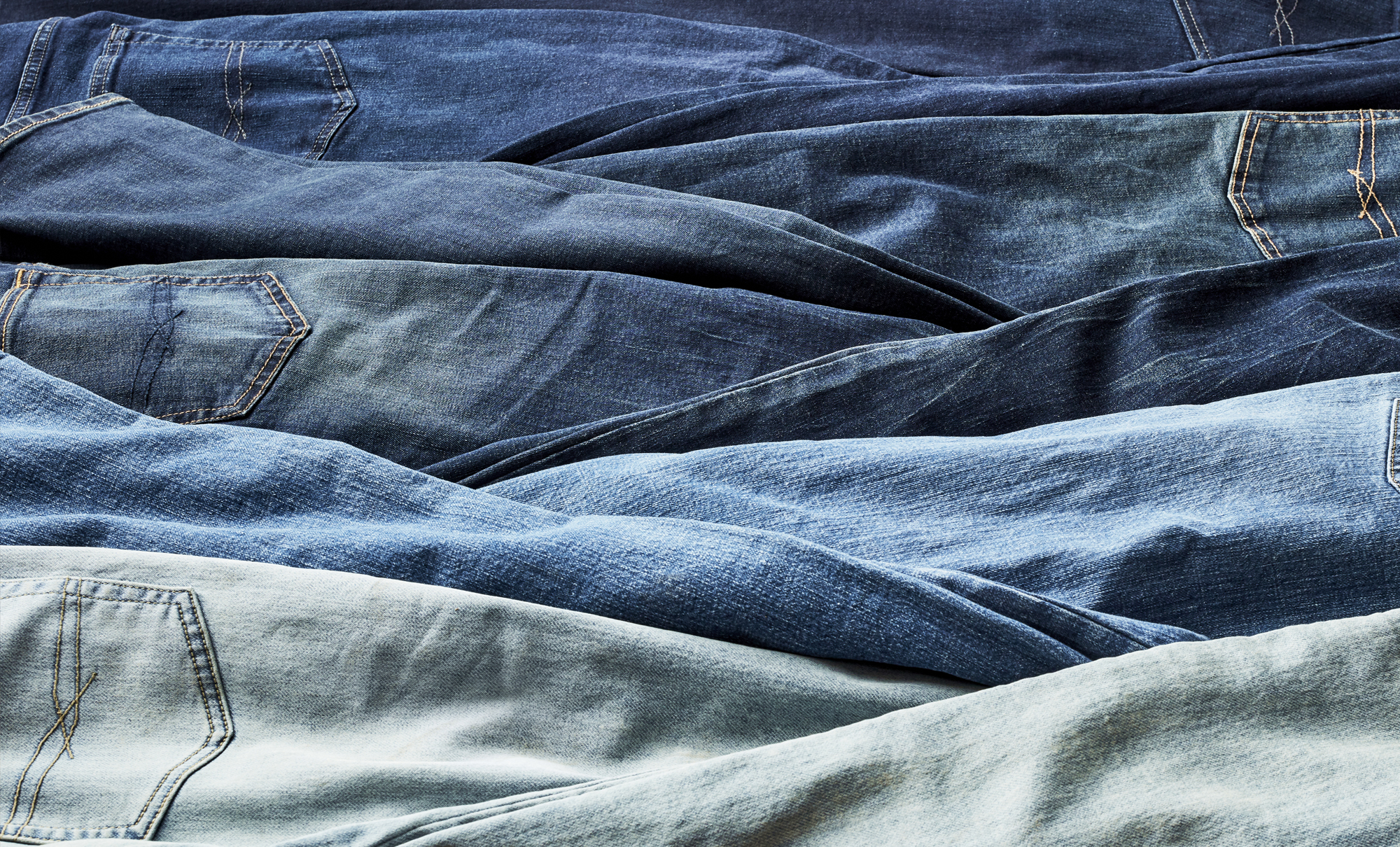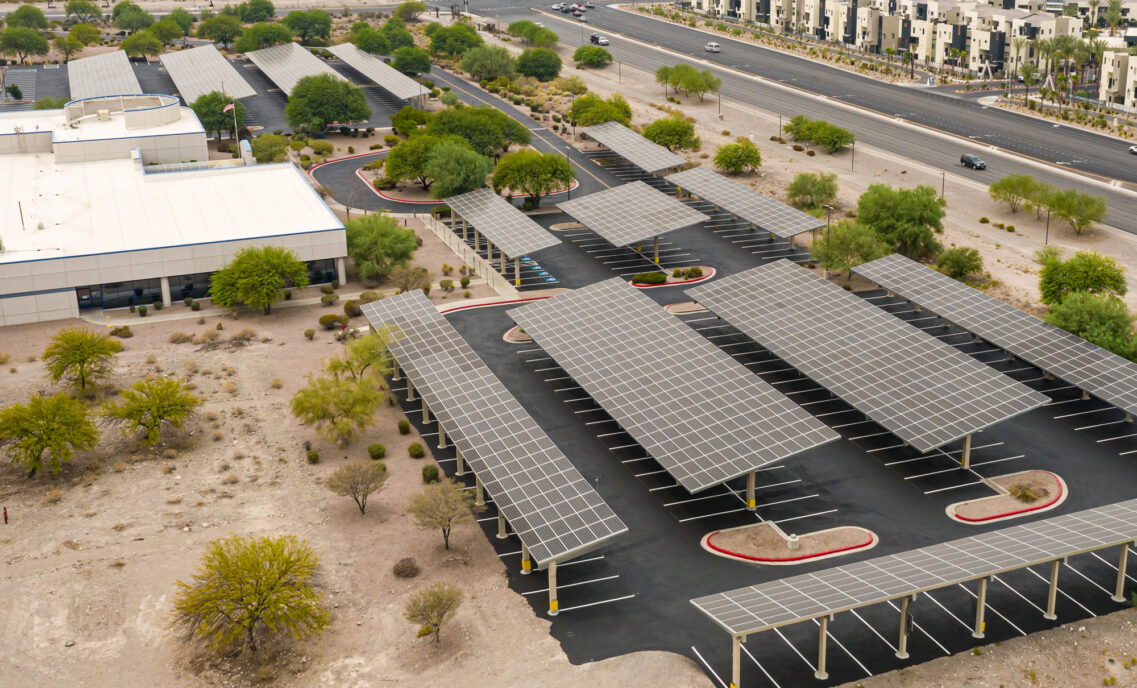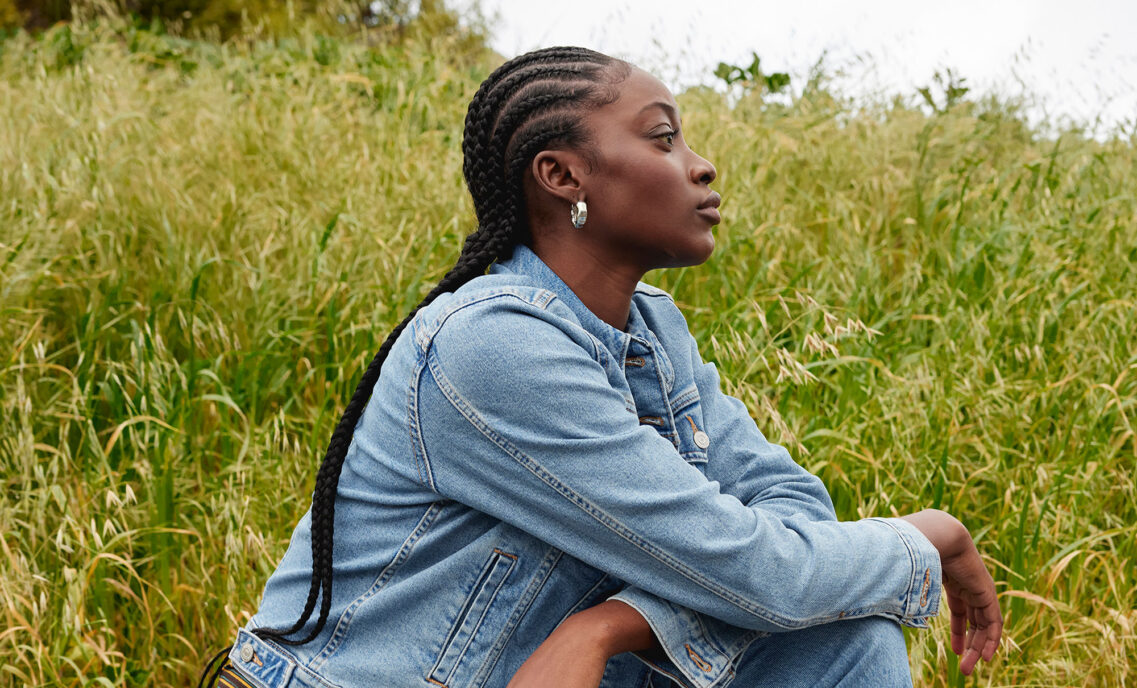At Levi Strauss & Co., we have been working on reducing our impact on climate and water for many years, efforts that now include a focus on assessing our dependencies on biodiversity. To commemorate our efforts — and in honor of Earth Day — we sat down with Jennifer DuBuisson, LS&Co.’s senior director of Sustainability, to learn more about our goals and commitments to prevent and reduce our impact on biodiversity.
What is our biodiversity strategy? How are we approaching our impact on biodiversity?
Biodiversity is, simply put, the variety of life on earth. It encompasses the full spectrum of living things, from the tiniest of species all the way up to vast ecosystems that span continents. That’s a pretty big topic to develop a strategy for!
As a first step, we needed to consider and prioritize the aspects of nature that LS&Co. impacts the most, as well as recognize those parts of nature that we depend on and can pose a risk to our business. To do so, we used industry leading tools, expert guidance and the Global Biodiversity Framework (essentially the Paris Accord for nature). We also assessed nature impacts across geographies, product development stages and our value chain. Through that work, we identified water use and land use as our largest impacts on biodiversity.
With our baseline assessment, we then informed the creation of our first-ever biodiversity goal — prevent and reduce our impact on biodiversity within our supply chain and further support ecosystem protection and restoration programs beyond our supply shed. To do this, LS&Co. has committed to:
- Invest in at least three projects in high water-stressed basins that support the reduction of freshwater withdrawal and nutrient load pressures in our raw material supply chain by the end of fiscal year 2030. Locations will be selected by water/drought risk locations and our LS&Co. baseline biodiversity assessment, with exact proximity requirements that we are in the process of determining.
- Reach zero deforestation across high-risk materials by the end of fiscal year 2025. (High-risk raw materials, as defined by EU Deforestation Regulation, are defined as natural rubber, bovine leather and manmade cellulosic fibers).
- Protect and restore 30% of our raw material footprint in high biodiversity significant regions by the end of fiscal year 2030. That equates to roughly 50,000 hectares, according to the baseline set by fiscal year 2022.
Why is this important and an area of focus for us?
We know climate change has profound impacts on biodiversity, ecosystems and billions of people around the world. We recognize that halting and reversing biodiversity loss is crucial to building resilient ecosystems capable of mitigating the worst effects of climate change in our value chain. Protecting and restoring ecosystems is critical to the health, well-being and livelihoods of our employees and the communities in which we operate.
Impacts on water, climate, pollution and land are all interconnected, and it’s important that we shift from addressing these areas in isolation to managing them as a holistic strategy. A great example is cotton. Cotton represents nearly 90% of the raw material sourced for our garments annually. We know that many cotton growing countries have been hit with extreme weather events and other impacts of climate change, which we have to monitor and be ready to react to.
By partnering with organizations like Soil Health Institute, U.S. Cotton Trust Protocol and Organic Cotton Accelerator, we can invest and spur the adoption of regenerative soil health practices that not only mitigate the impacts of climate change and biodiversity loss, but can also contribute to a more resilient business model.
With all this in mind, what are some of the first steps we will be taking toward our goals?
With the baseline completed and the goal and targets endorsed by our leadership team here at LS&Co., we are now developing project criteria that will be used in 2025 to assess our first round of partners and projects in water-stressed basins and our supply shed — all of which will contribute toward our 2030 targets. We’re all very excited about this work and will share more in the coming months as it moves forward.
To learn more about our sustainability efforts at LS&Co., visit the sustainability section of our website







